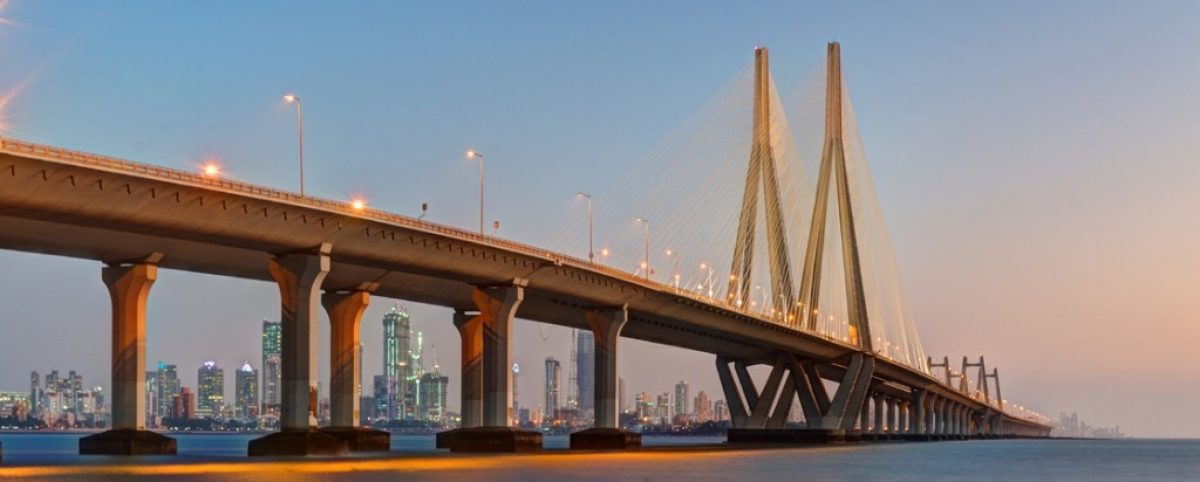Australian Foreign Minister Penny Wong is a role model in cross-cultural adaptation
When Australian Foreign Ministers from Julie Bishop through to Penny Wong wear a headscarf or adapt in other ways to the culture they are visiting, they are an example to all of us of being a good guest, showing respect and acting with tolerance and friendship. Whether we travel as tourists, traders or diplomats, the old maxim of “when in Rome do as the Romans do” contains an underlying value of adapting to the local culture while staying true to our own.
We take our values with us – some of the values I would pack when going overseas would be the great Australian traditions of friendliness, flexibility, tolerance and a fair go.
The world is not “like us” – much of the world is religious rather than secular, where dress codes and traditions run deep. When you think about travel, part of the excitement comes from this difference and with an open mind we can explore difference in a way beneficial to both.
Organisations like Asialink, the Centre for Australia-India Relations and the Australia India Institute are helping prepare us to become “Asia ready” as we embark on this Asian century, and that readiness is going to involve doing things and wearing things which are not our normal experience. Again, this is adapting to others while being true to ourselves.
At business meetings in India there is frequently the lighting of the lamp, a Hindu tradition which westerners are generally invited to join. In Indian Hindu tradition, light is taken to symbolise knowledge, so it is an auspicious start to an exchange of views and ideas. Lighting of lamps is not something we do in Australia, but doing it when in countries where it matters is an act of tolerance and respect.
In Japan a greeting might include a respectful bow, while in India a welcome greeting might include placing the palms of the hands together in front of the chest while saying “Namaste” which literally means “I bow to you”. It is simply friendly and nice to reciprocate – even though our own way would be to just shake hands.
Throughout Asia, business meetings will often involve a large team of locals from the very senior to the junior – and while our egalitarianism makes us want to reach out and chat to juniors as well as seniors, the locals are at least confused and often offended by this action because in their culture all discussion is to the most senior person. Even the junior person engaged in conversation by the willing Aussie is generally flustered and embarrassed to receive this attention. Egalitarianism is a value that needs to be balanced by tolerance and adaptability – balanced, not “sold out”.
In Southeast Asia at many political and business functions the locals and guests will wear batik shirts – not to everyone’s taste, but adapting to this is not a betrayal of something sacred back home.
When a local business person generously offers to take me to their temple, I am often asked to wear the sari cloth skirt as a form of covering – and happily do so because this is what my host wants and I have never felt that I was selling out some Australian value.
In homes and buildings throughout Asia, guests might be asked to remove their shoes and it is simply respectful to do so.
Australia has embraced the indigenous “welcome to country” at national ceremonies and even sporting events, and I would like to see this performed at more international business meetings, trade missions and diplomatic gatherings.
Underlying this and other culturally sensitive activity is a value which would go a long way towards creating global harmony – the value of tolerance.





